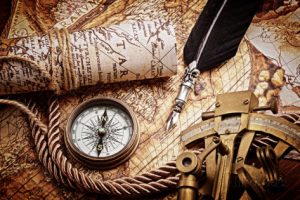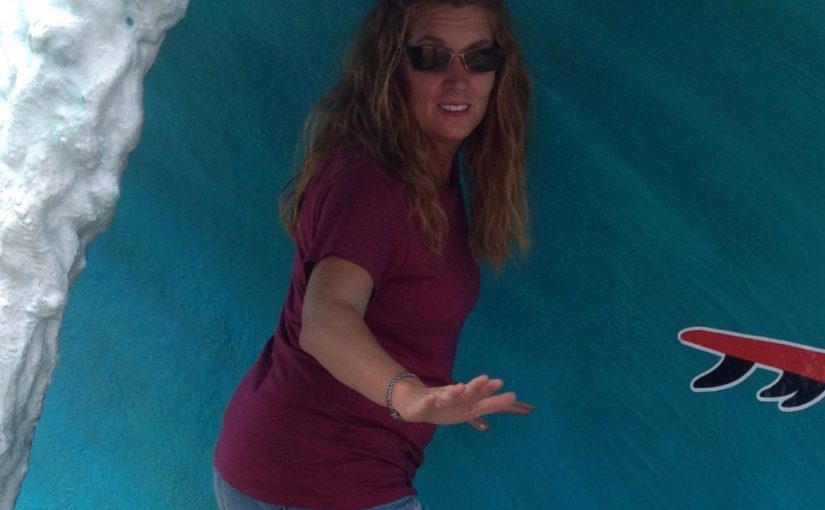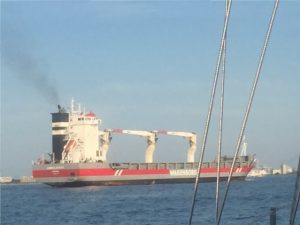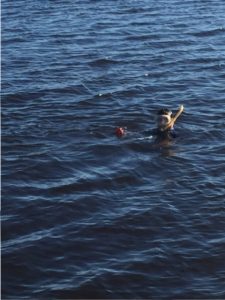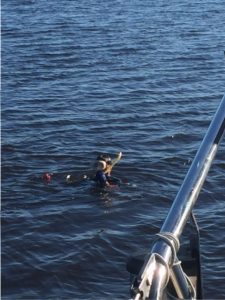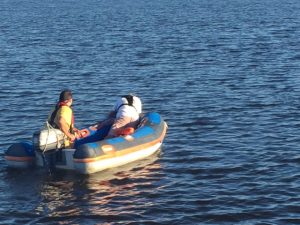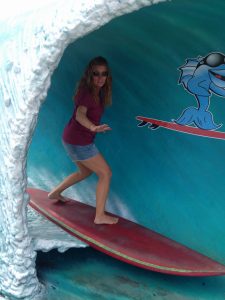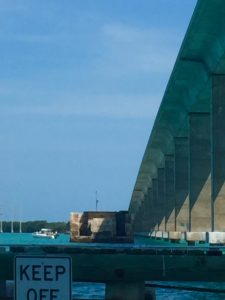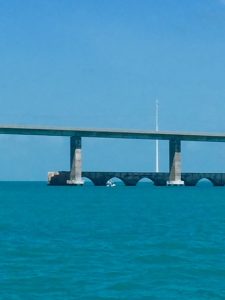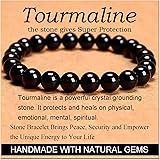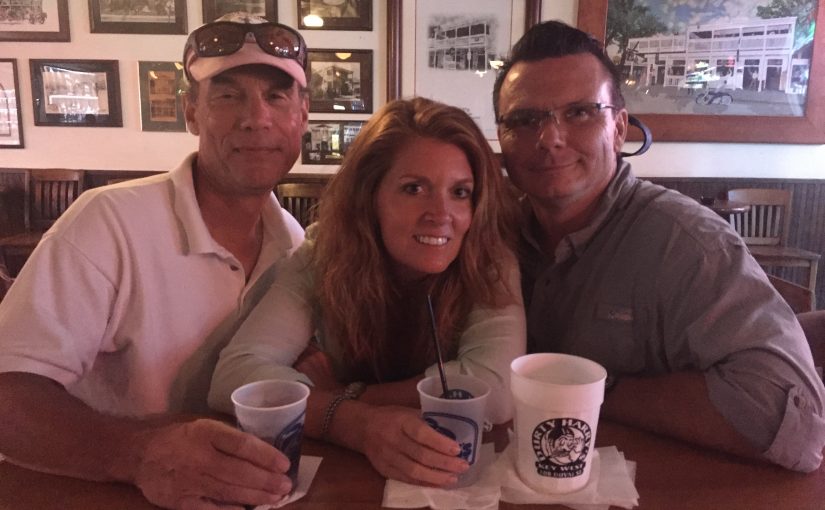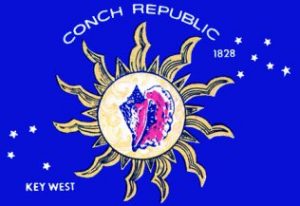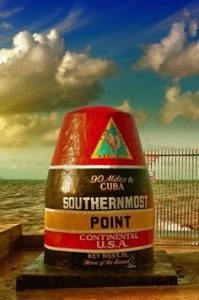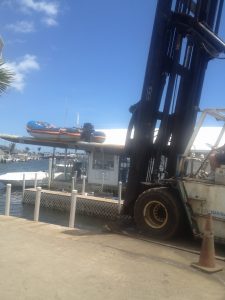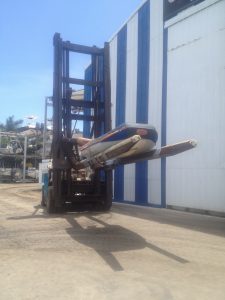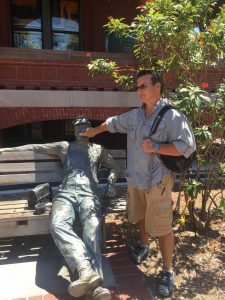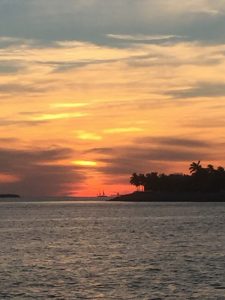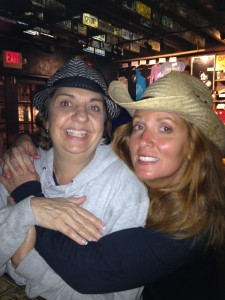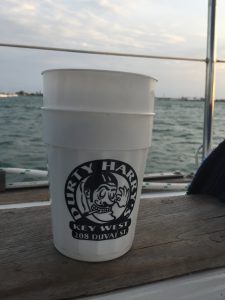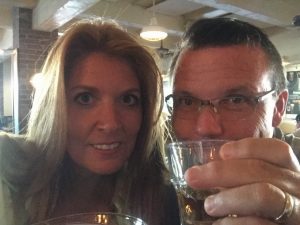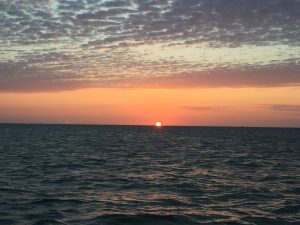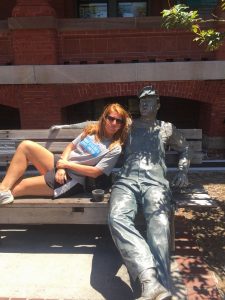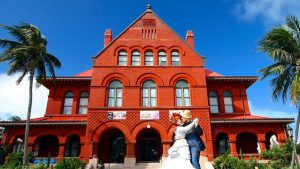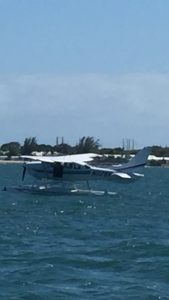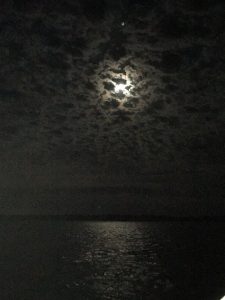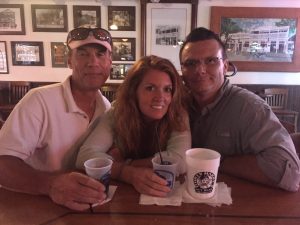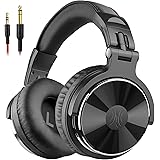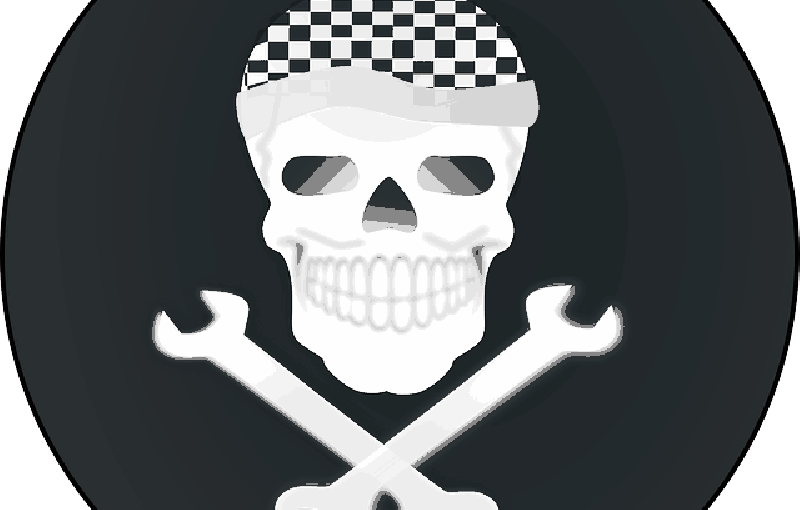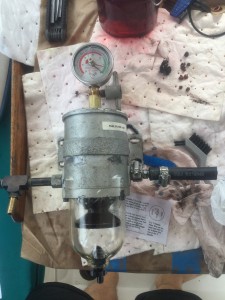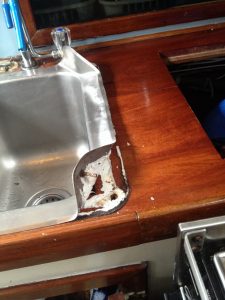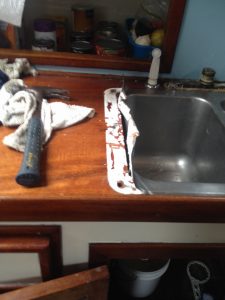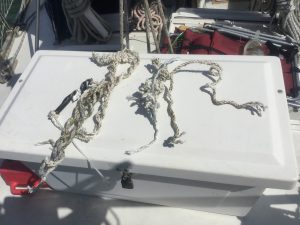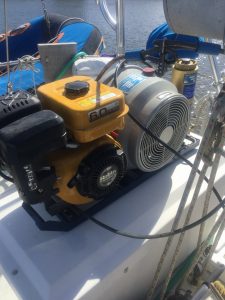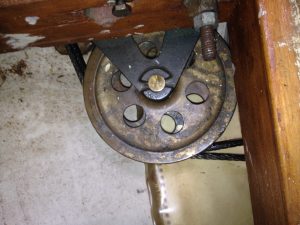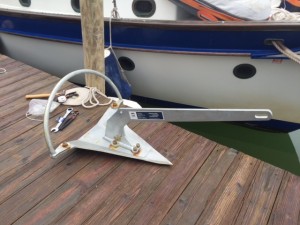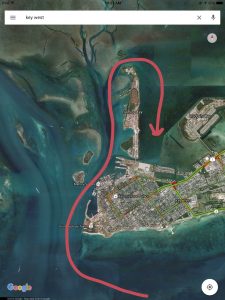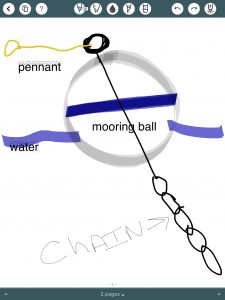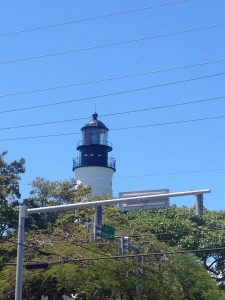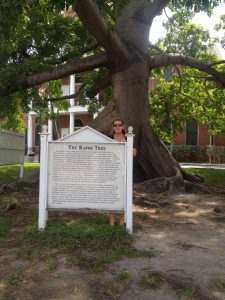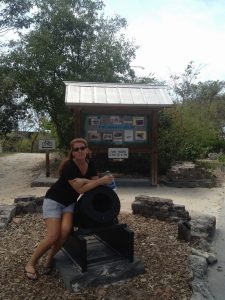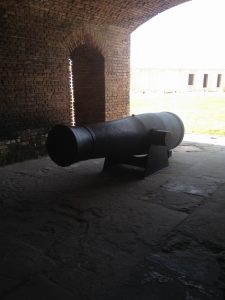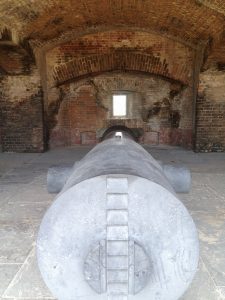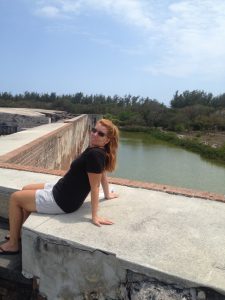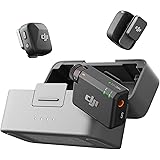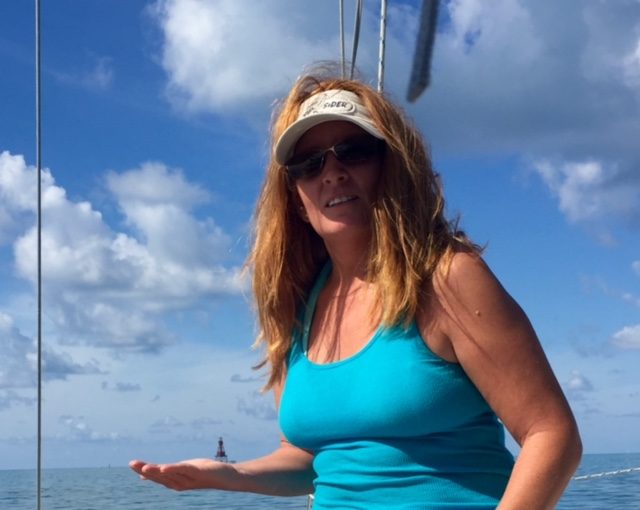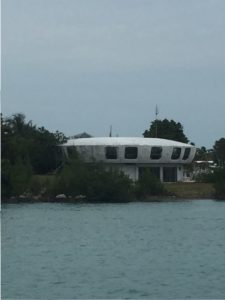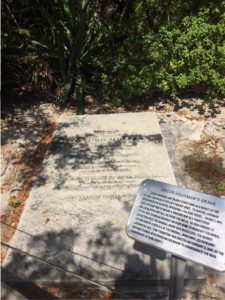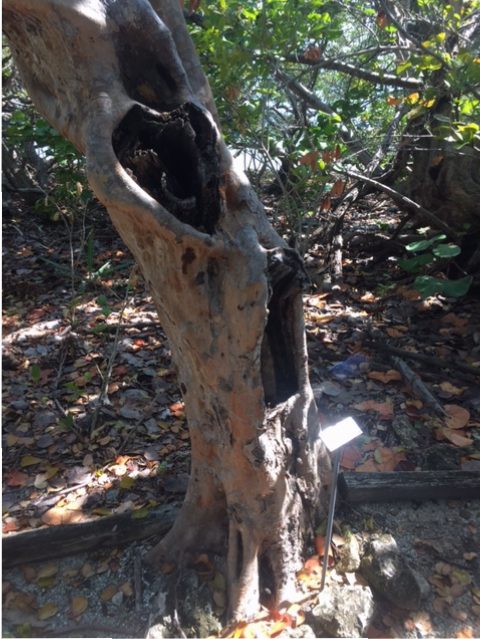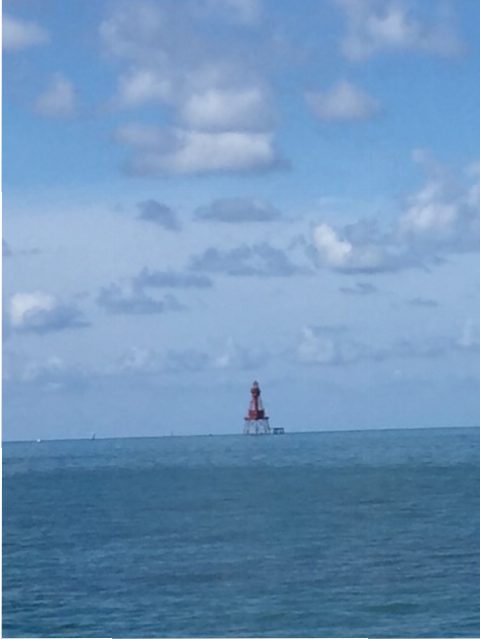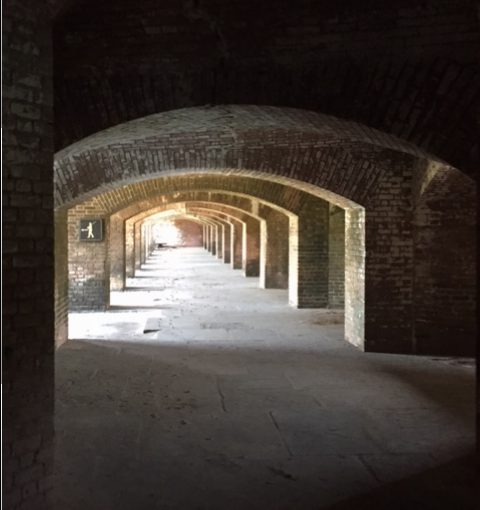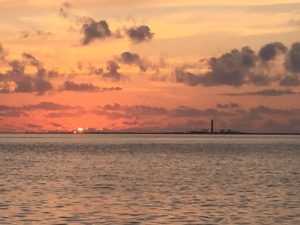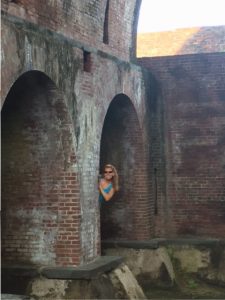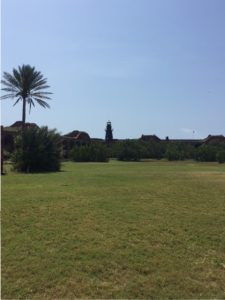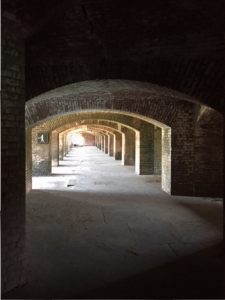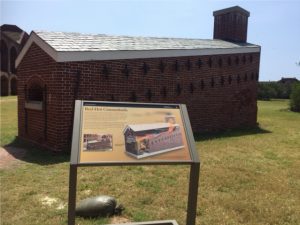Aspiring cruisers frequently ask the question “What does it cost to do this?” …..that’s tough to answer unless you keep records for a few months, at least. Plus it can be difficult since boats and their systems come in various sizes and levels of complexity. The larger the boat and the more systems you have on board the greater the associated costs. We feel like we live pretty well on Kitty Hawk. She has a nice balance of systems and amenities without feeling like you are camping on the water.
For us, generally speaking, we run between $3,000 and $4,000 per month. Some months if we don’t have an upgrade or repair and we anchor out more, we are closer to that $3k number. Some of our friends who cruised in the 1980’s have told us they could get by on as little as $300 per month !!! Looking back, my first car in 1982 cost me $400 !!!
Kim, fortunately, is becoming meticulous when it comes to documenting our expenses on a daily basis. Now that we have a full year under our belts, I thought it was time to put all of her hard work together into a post. Since the process of categorizing expenses has taken some time to refine, I decided to limit this first accounting to the last six months. That should help to make this more understandable.
Unfortunately, the app we use to track these expenses can’t export the information. We have to use screen shots of the reports, so the resolution isn’t the best but you’ll be able to see how things break down percentage wise.
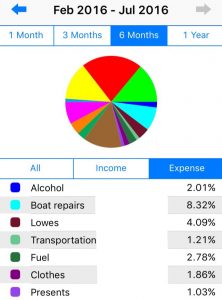
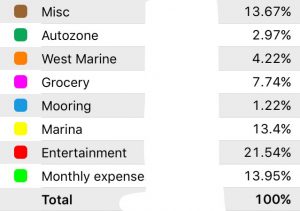
It seems like the first half of the year is always the most expensive. Since hurricane season starts on June 1, that tends to be the time when we get any professional assistance with any needed repairs started. We also pay for our annual hurricane haulout reservation in May, which adds between $250 and $500 to the budget. There was also about $2,000 of extra expenses, due to some poor work we had done in North Carolina in 2015, that not only required corrective repairs but caused some damages that needed repair also. There are some front loaded services for the year that come up and we are in the process of dividing these up over the whole year. The average for this last six month period was about $4,480.00 per month. Adjusting for the extra repairs this number should be more like $4,100.00. I feel safe in saying that this number will continue to go down as we move forward. Our rough numbers for the twelve month period was closer to $3,000 per month. I hope our upcoming years will be closer to that $3,000 mark, or less !!
Our largest category, Entertainment, covers anytime we eat out, away from the boat, or any other land based excursions (Parks, tours or the like).
The second largest, Monthly expenses, includes set, recurring expenses. Things like XM Radio subscriptions, cell phones, our MiFi hot spot, DAN insurance, Boat/car/life insurance, personal property taxes and membership fees fall into this category (our old sailing club dues, our current marina association, Elks club, etc).
In third place we have Miscellaneous, that includes things like income taxes, laundry, health/vision, other supplies, fishing gear, scuba gear, and hotels.
Transportation includes, taxis, buses and rental cars.
Fuel includes both the diesel for the boat and gasoline for any vehicles we use along the way, plus the gas for the dinghy and dive compressor.
“Lowes” is our catch all category for any hardware store expense.
The Marina category covers any docking expenses or other fees incurred while at a Marina or private dock (Wifi, water, electricity etc).
The Alcohol category covers wine, beer or liquor that we buy to keep on the boat. (That 2% is much lower than anyone anticipated, I bet !!)
We will compile another report like this in another six months and include both periods to see how the expenses shape up once we have all the categories locked in.
Never fear….the Key West Post is still coming…..it’s still in the draft phase….







